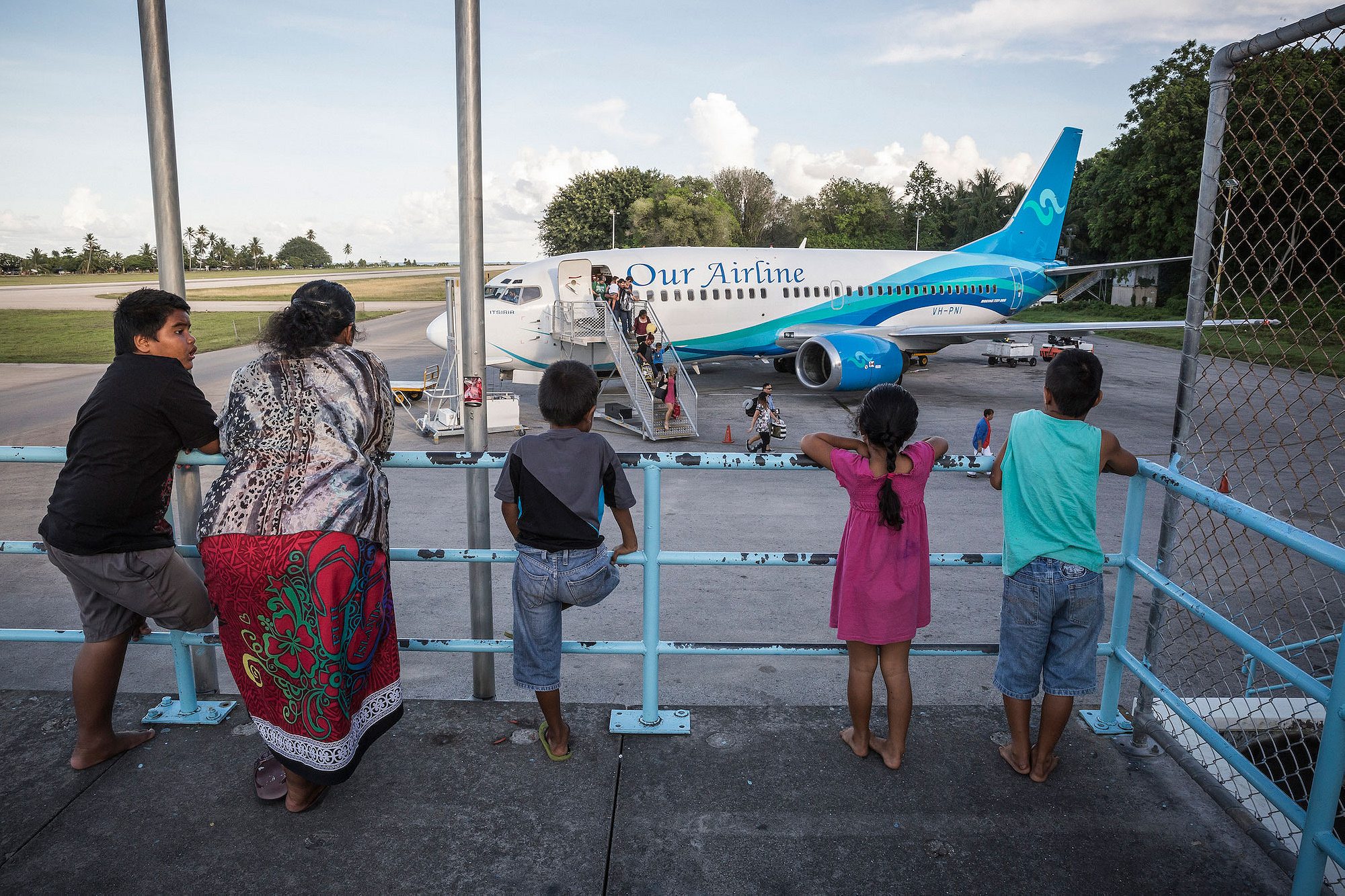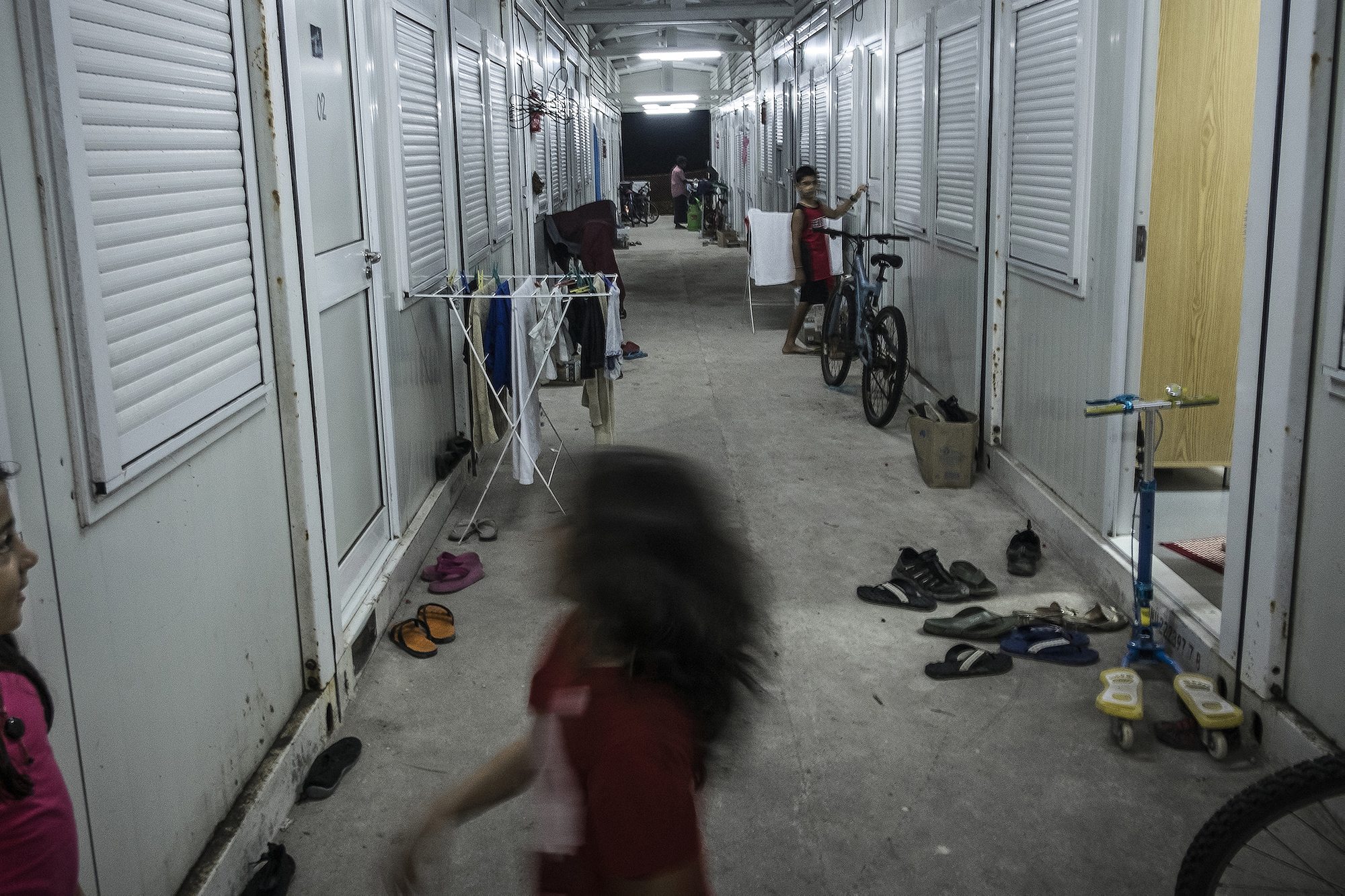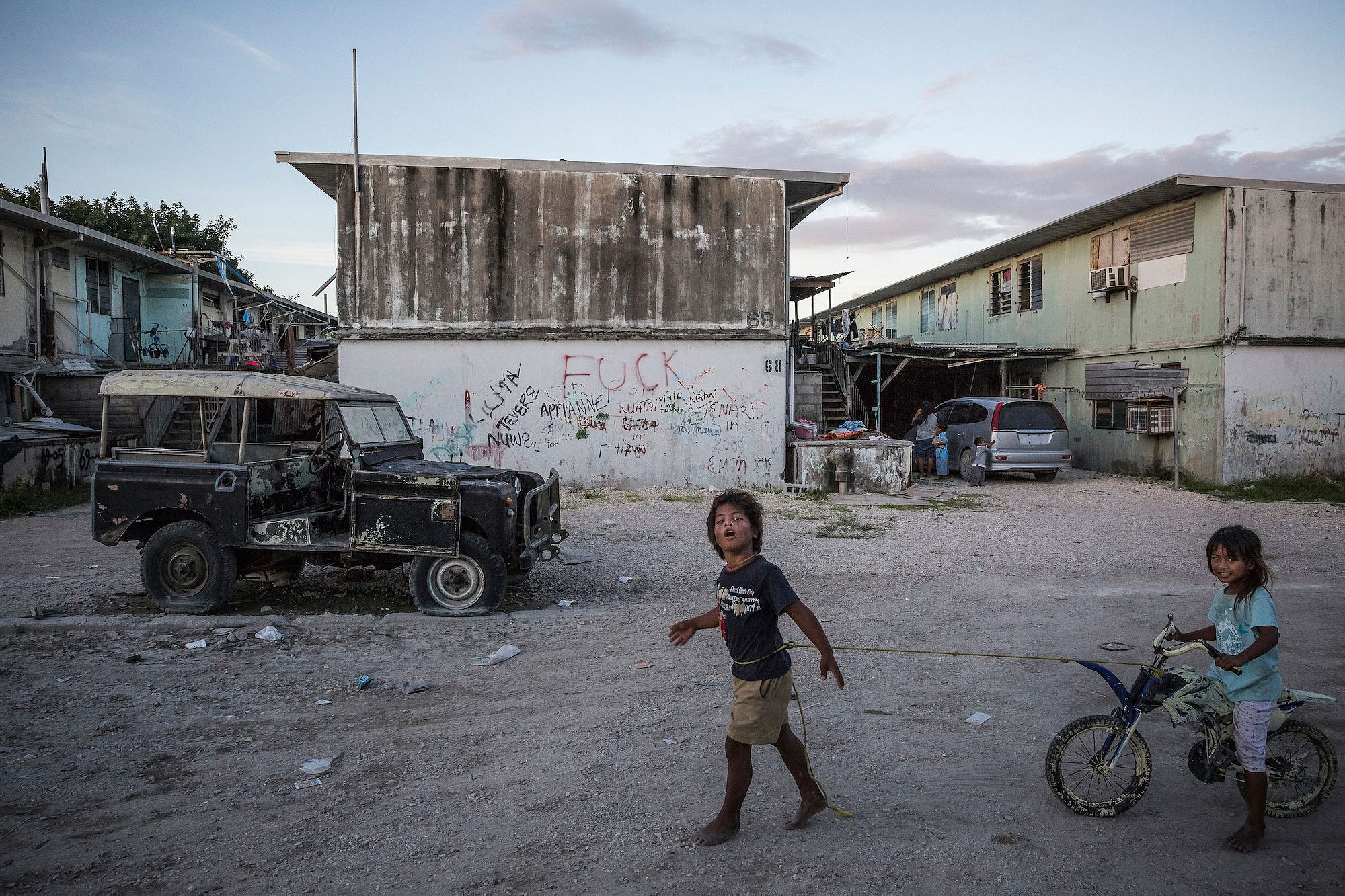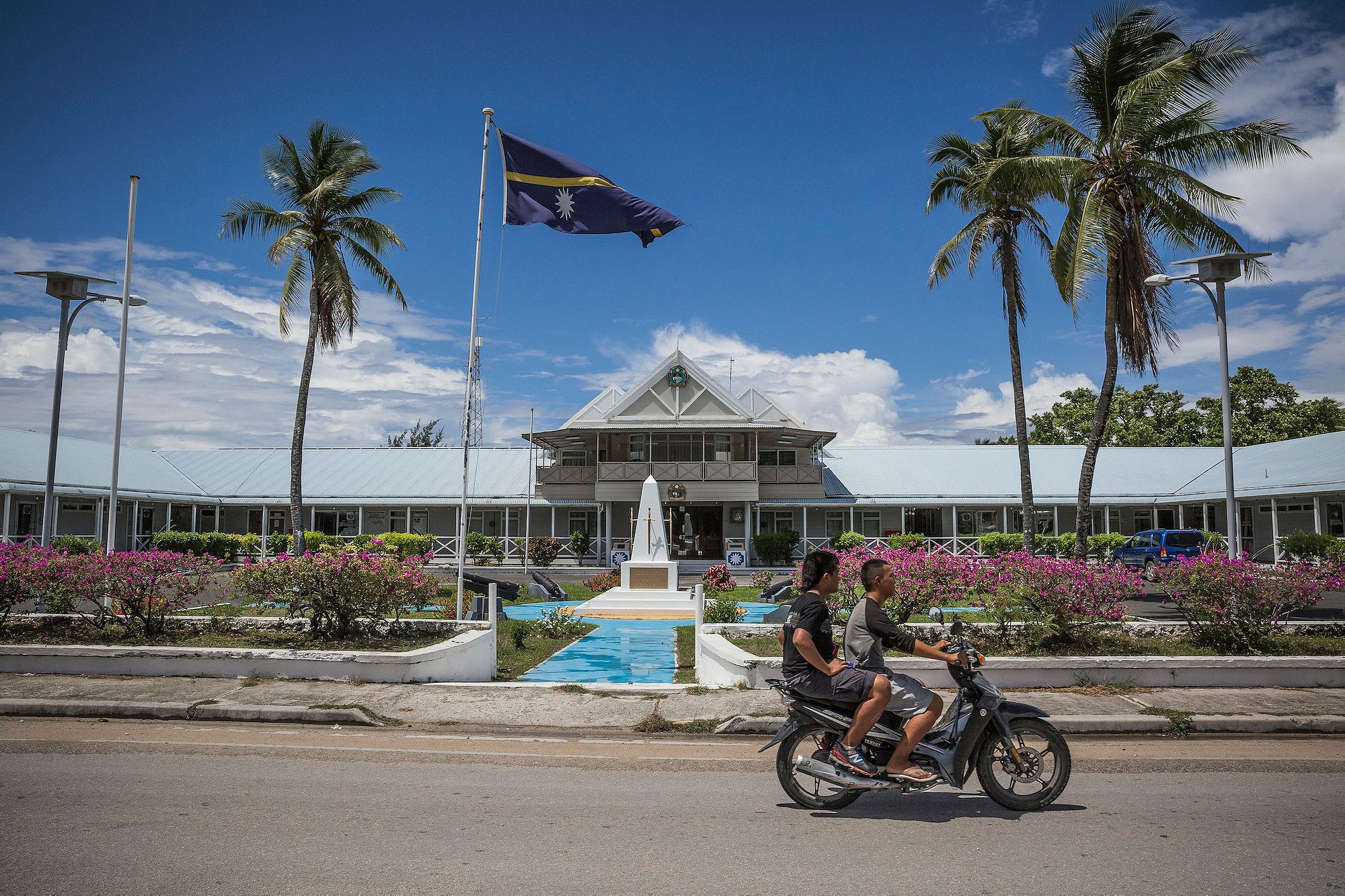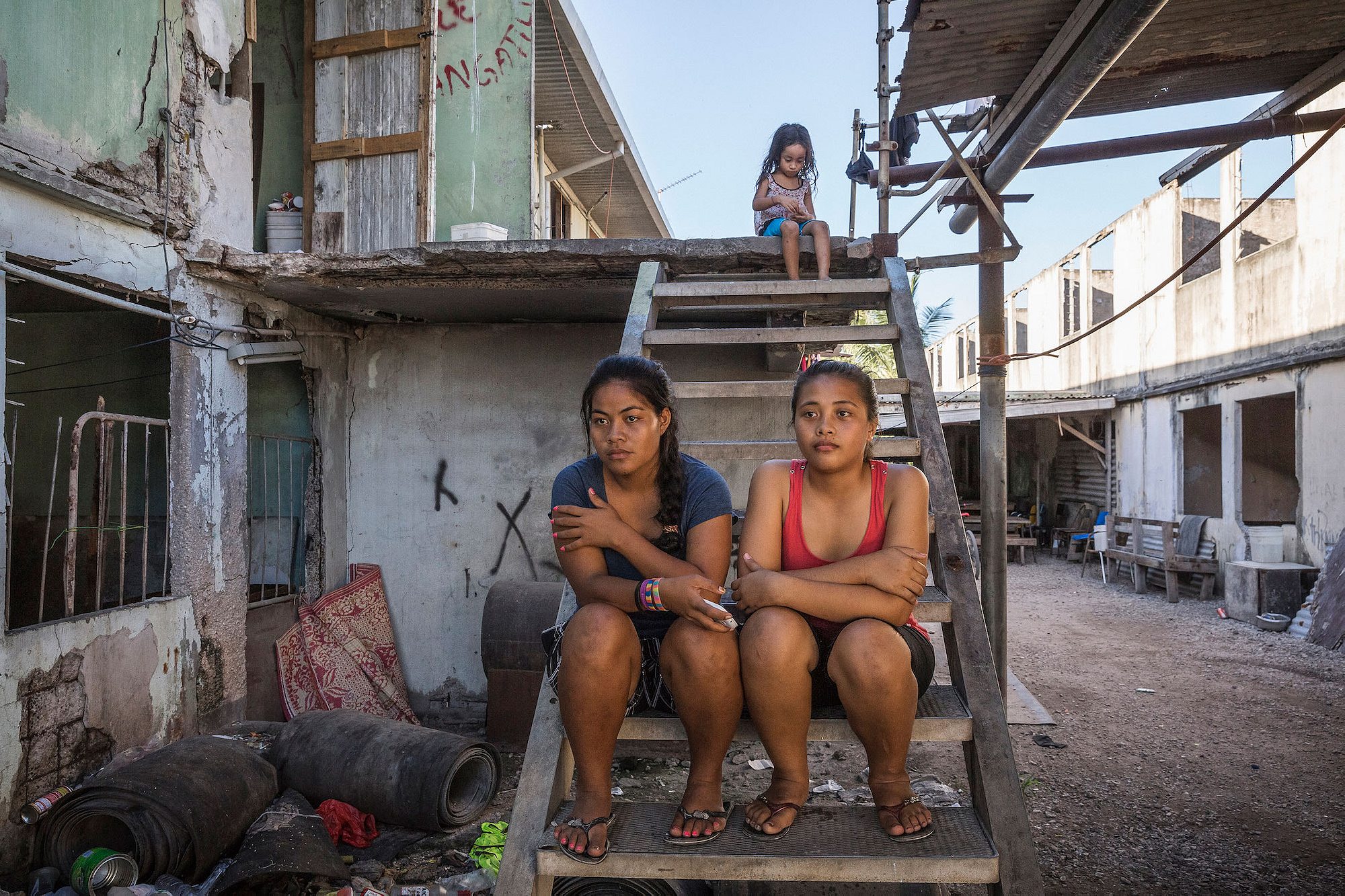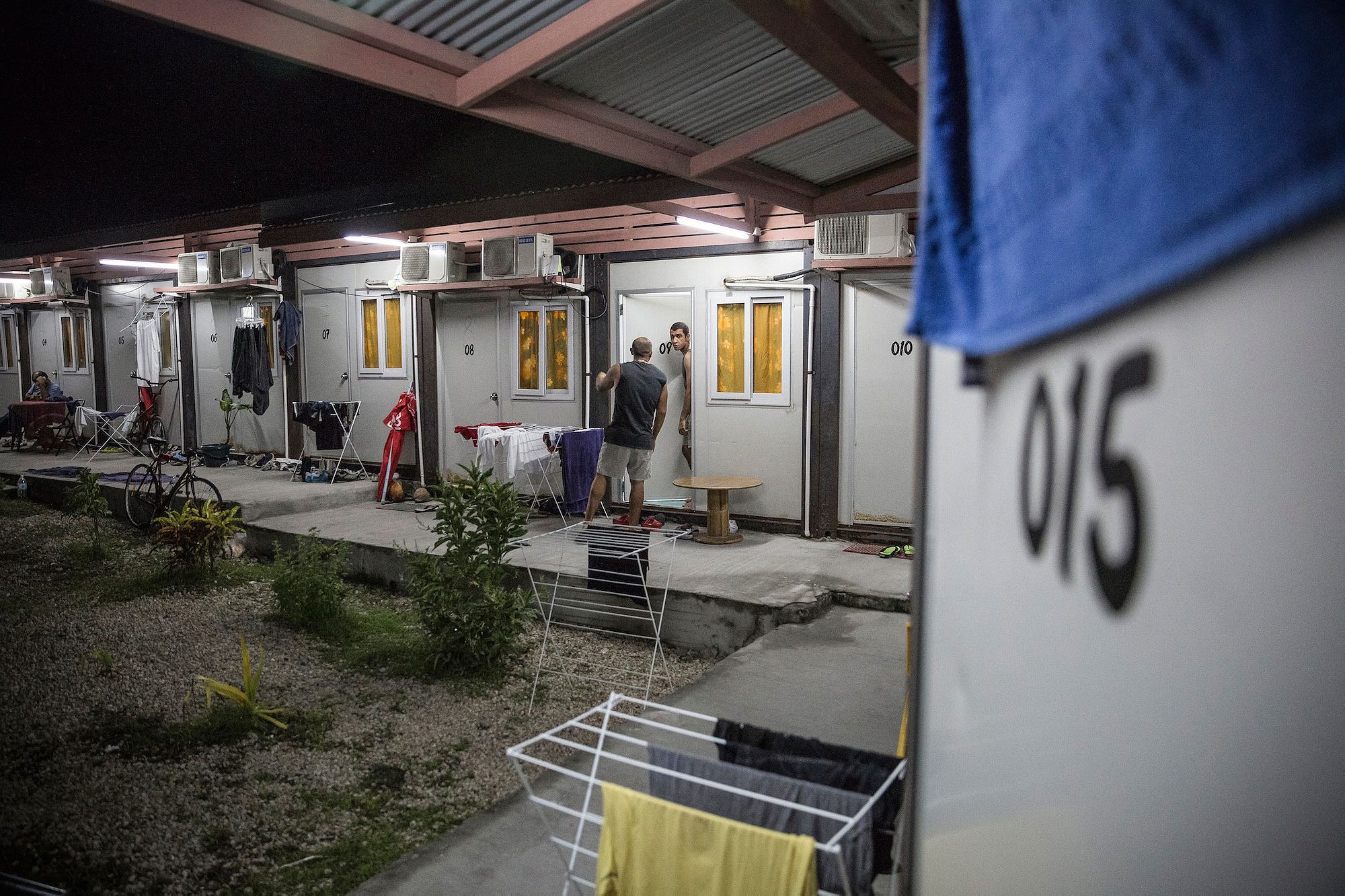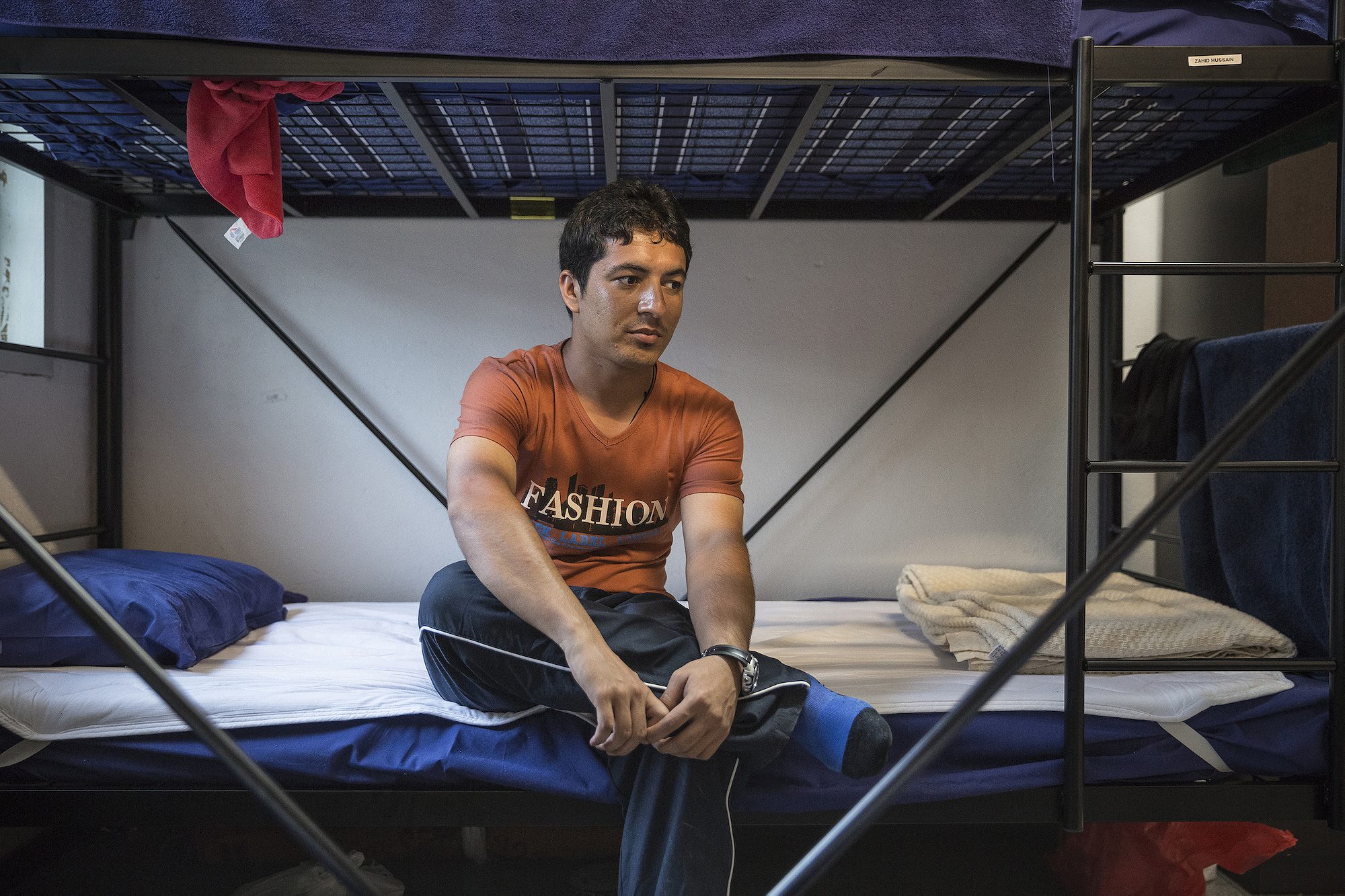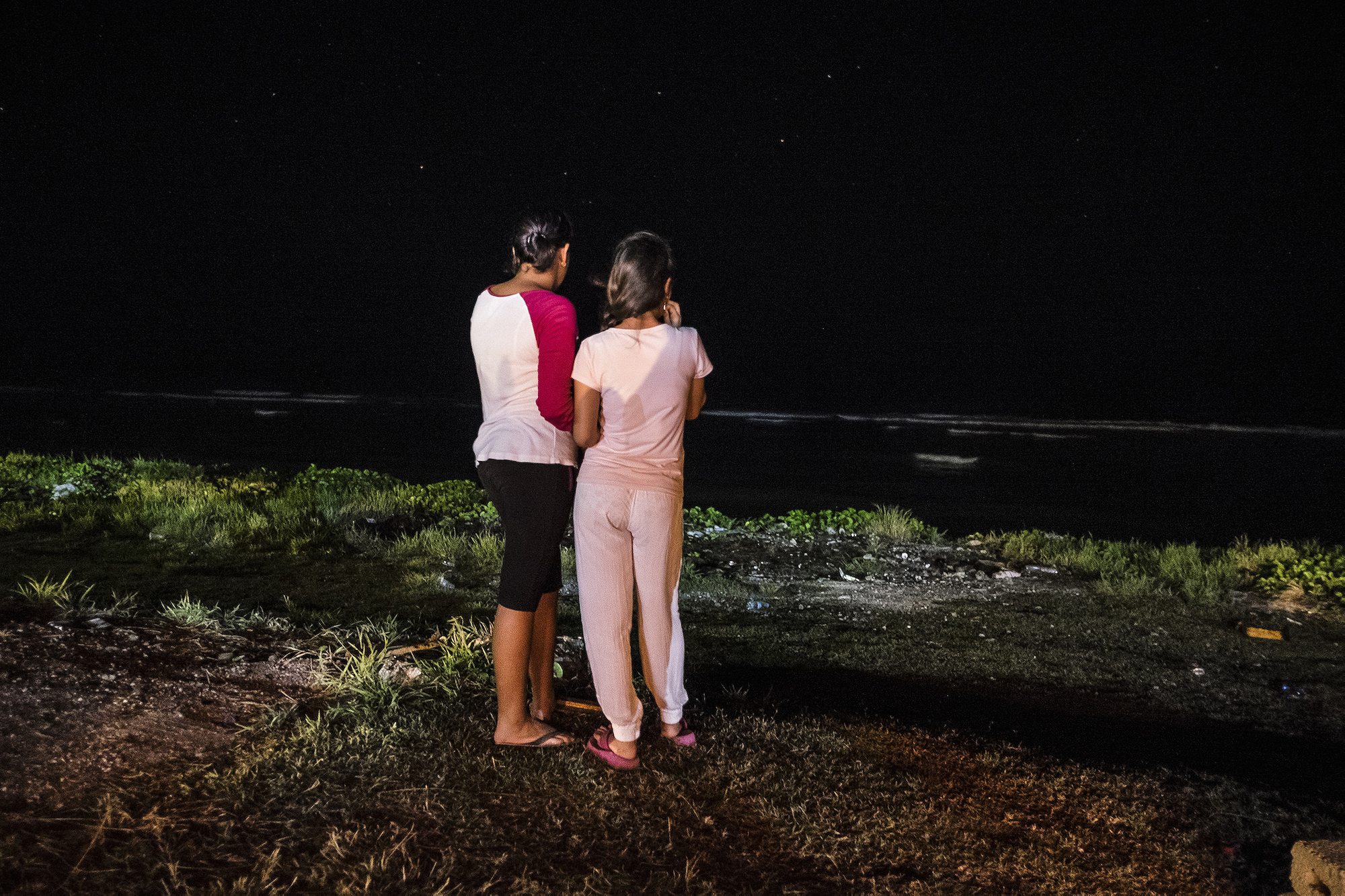Since 2001, the tiny Pacific nation of Nauru has been the site of a detention center used by Australia to house asylum seekers.
The tiny island nation of Nauru, an eight-square-mile speck of land in the middle of the Pacific Ocean, was once one of the richest countries in the world, with a phosphate industry accounting for 80% of its economy. But around the year 2000, everything changed. The phosphate that had enabled many to live in affluence at home, buy houses abroad and send their children to expensive boarding schools was running out. The island needed to reinvent itself urgently.
For a few years, Nauru tried its luck at becoming a tax haven, which quickly led to accusations of illegal money laundering by the international community. It was also involved in the sale of passports and shady diplomatic favors like the recognition of Abkhazia and South Ossetia as independent territories, in exchange for $50 million from Russia.
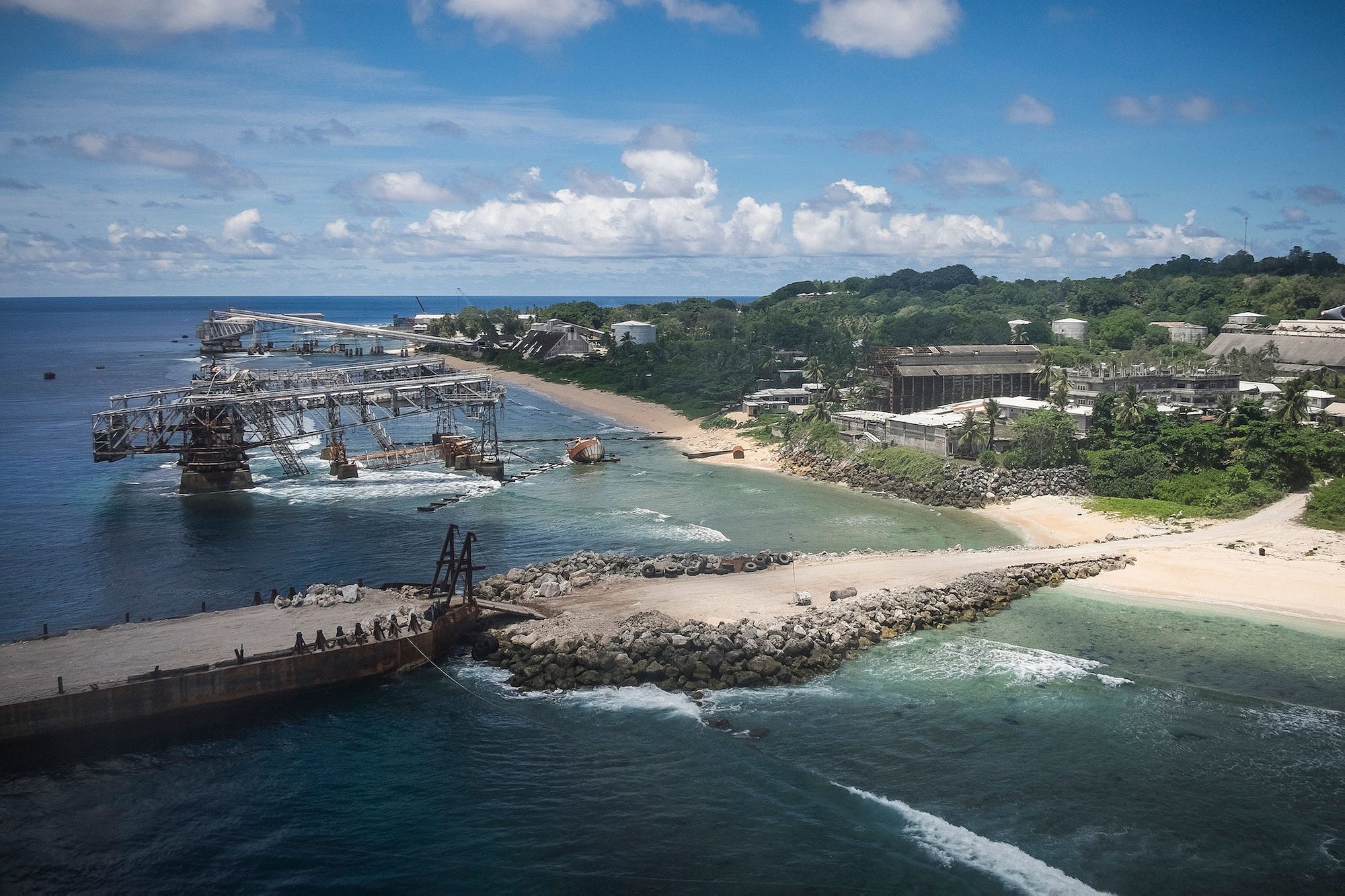
But the real opportunity to replenish the state purse came in 2001, when Australia, Nauru’s vast and increasingly vigilant neighbor, set up its “Pacific Solution” – a controversial policy of detaining illegal would-be immigrants in neighboring countries.
The detention center intended for around 800 people now houses over 1,000 inmates, including entire families. In its 13 years of operation, it’s been mired in controversy and scandal with frequent cases of self harm, suicide attempts and hunger strikes. Allegations of child abuse by the center’s security staff even surfaced in 2014.
Living in a tent is unbearable under the tropical heat, but there is no air-conditioning and people are kept there for months after their arrival. There are eight bathrooms for 400 people. Those who receive refugee status are relocated into camps. Their rooms are small and the communal kitchen overcrowded, so many cook on their bedroom floors.
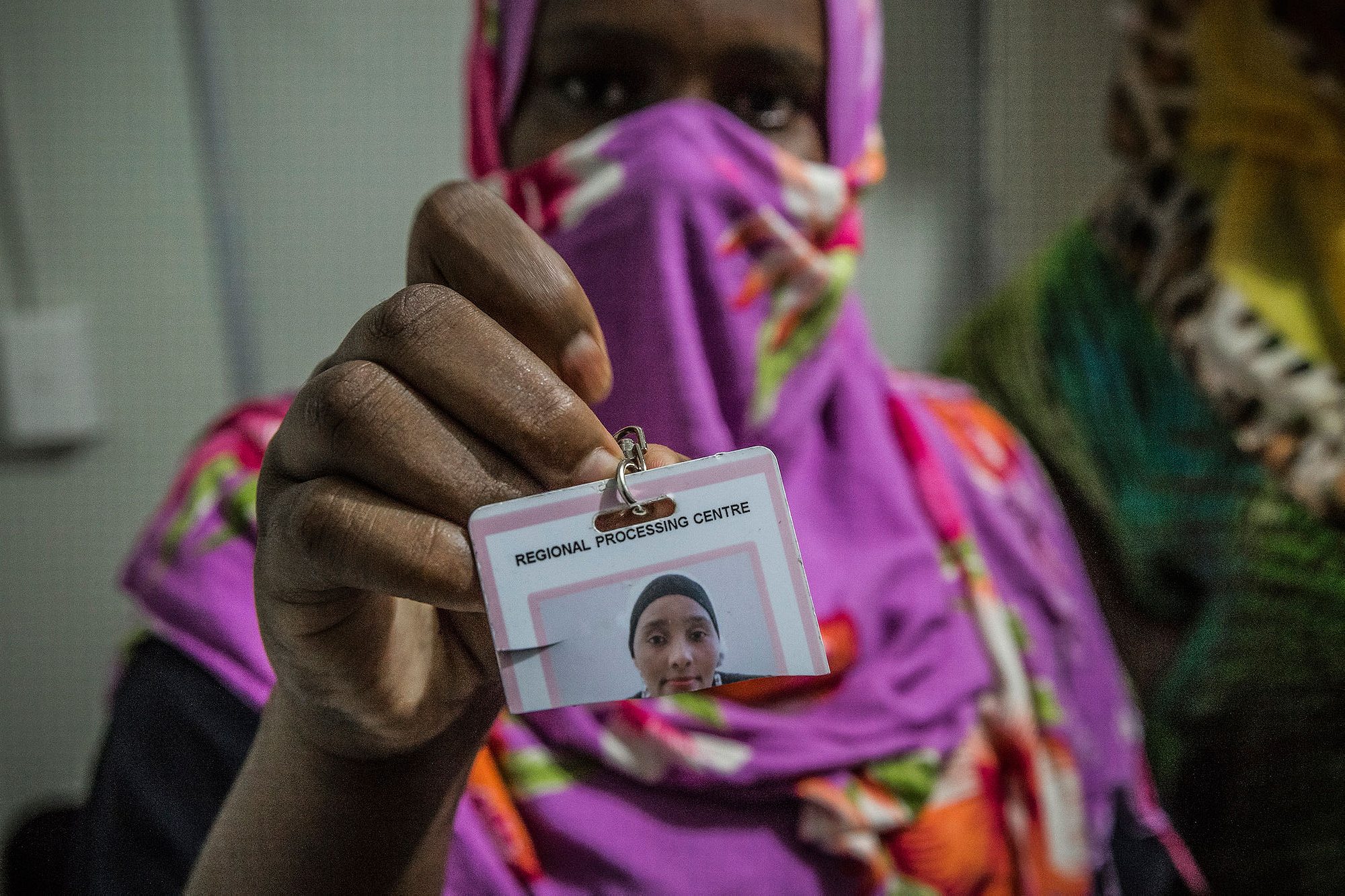
Though they are free to move around Nauru, many refugees stay indoors because they fear being attacked by locals. With an unemployment rate close to 90% on the entire island, it’s almost impossible to find work. A few lucky refugees are paid a couple of dollars a day to unload shipping containers, but the competition has only increased tensions and there is no end in sight.
There are many Australian media reports about asylum seekers, but few pictures are ever shown. Those whose photos appear online have their faces blurred out. Last year, the Nauruan government increased the non-refundable fee for journalist visa applications from $150 to $6000, but I somehow managed to get into the island while posing as a tourist. I wanted these people to exist though my pictures, and show the world the difficulties they are going through.
What I found was that the government of Nauru does not care. All they need is money. Australia is in charge of the refugees. So the question really is: why does the Australian government allow this to happen? Mujtaba, a Shia refugee from Pakistan, told me: “I think Australians deliberately forced us to live under such conditions, so that we would spread the word: don’t try to enter Australia illegally, you will go to hell instead.”
